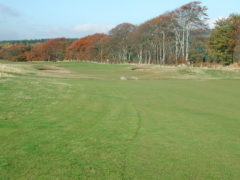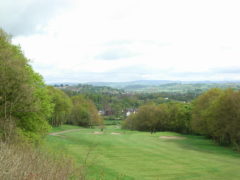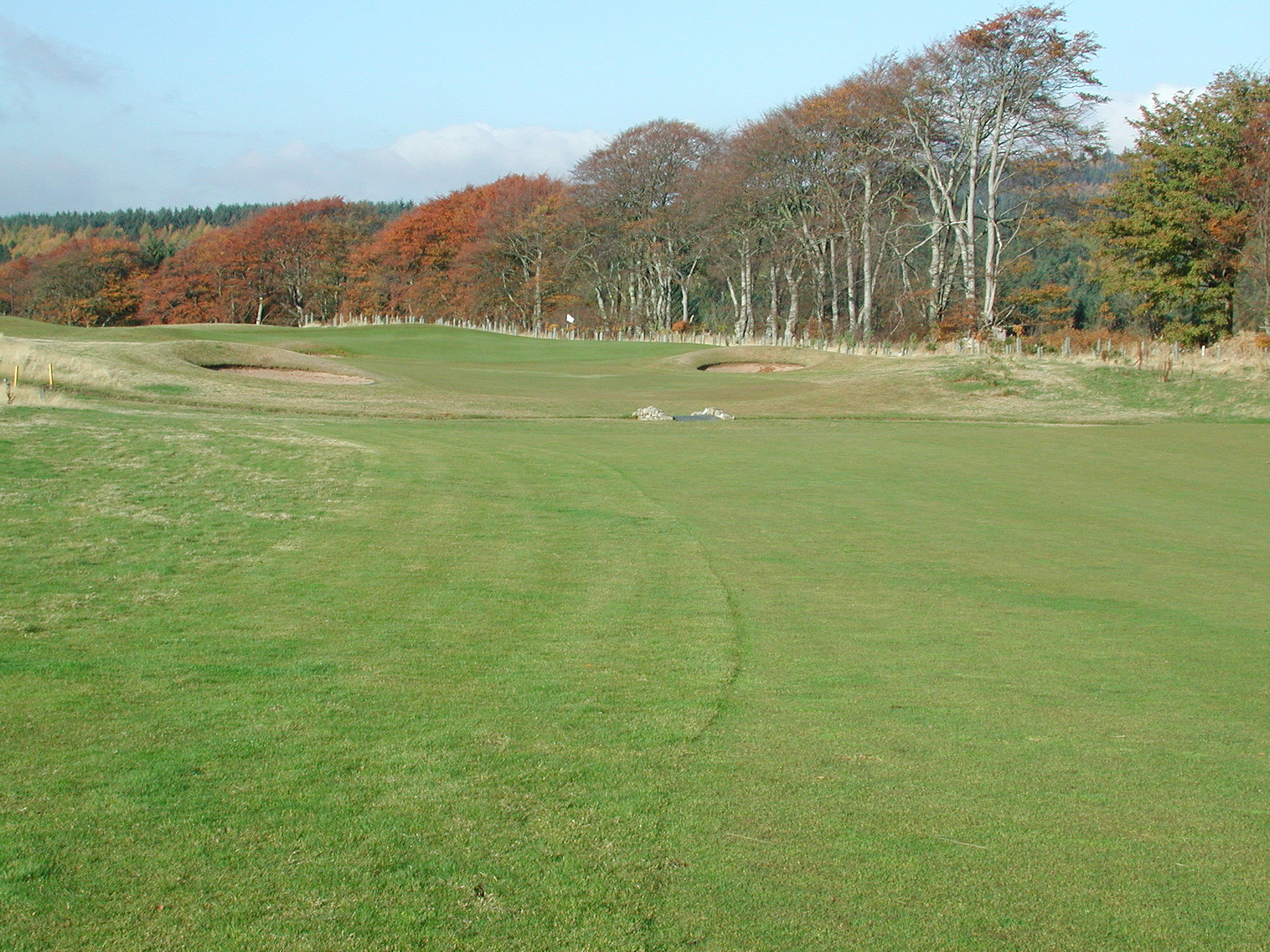Wear and tear or dare to show flair? Change is afoot in the golf sector

The golf sector is one of the larger leisure sectors and given the number and range of privately and publicly owned properties, breadth in property values and spread of buyers, golf is probably as good an indicator as any as to the health of the wider leisure market.
In our previous golf article, we reflected on the tendency of purchasers to drag their heels amid headlines of golf sales being in the rough. Whilst mid 2007 is acknowledged as the top of the market, will we in time to come pinpoint 2010 as the trough?
Whilst we are not out of the woods yet, recent transactional activity suggests conditions may be easing, albeit the availability of debt finance remains an issue for all but the most inexpensive properties. Small corners sometimes push hard decisions and the credit crunch has forced some of the poorer quality facilities, in saturated local markets, into alternative uses. The higher quality golf properties, under experienced operators, are emerging with a similar turnover but stronger bottom lines achieved through operational efficiencies.
The manner in which the golf market has developed might suggest to some that the days of the traditional golf club commercial model are numbered. Although it is first and foremost the golf facilities which attract customers, large pro-shops are increasingly rare and changing rooms more often than not, compact. Many clubhouses are restaurants under another name, employing professional chefs with bar snack menus falling prey to cordon bleu style cooking. Unlike in the 1990’s, golf clubs increasingly employ franchisees in areas of the business where they do not have direct operational success, so as to minimise risk.
In the short term, the need for lower loan to value ratios has encouraged a save not spend mentality, which has left the bigger clubs targeting organic growth, whilst bolstering their balance sheets. Longer term, a more entrepreneurial business approach has left many of the more profitable clubs pursuing planning permission for diversified product lines in less mature markets, whether it be health and fitness and spa treatments, weddings and functions, conference services or other ancillary income streams. The benefit of tighter lending requirements will be seen in more robust business plans and less failed businesses. Stronger balance sheets will leave clubs better positioned to implement their newly acquired consents as market conditions ease.

We foresee that the behavioural gap between the upper and lower tiers of the market will continue to widen, both in operational and transactional terms. Lower levels of discretionary income, long winters and wet summers have forced operators in the lower tier of the market to concentrate any spare funds on the quality of what they offer rather than the breadth. For many, course drainage has been a major area of spend in order to minimise closed periods, increase player satisfaction and encourage faster rounds.
One aspect of the market which has not changed is the behaviour of buyers in opposing tiers of the market. In the higher tiers, the commercially driven or corporate buyer is as ever interested primarily in the return on capital and profits sustainability. As financial pressures allow, owners continue to wish to build out add-on planning consents and trade for at least two years post construction, in order for increased turnover to be realised, which can be translated into growth in capital value.
The most active seller in the market has been Crown, the largest operator. Rationalising its operations has led to the sale of a number of its higher tier golf courses. Savills have assisted buyers of the Cotgrave Club in Nottingham, Chelsfield Lakes Club in Kent and Pyrford and Traditions Clubs in Surrey, amongst others.
It has been the lower end of the market however which has seen the majority of the transactional evidence, partly because of their greater vulnerability to lower discretionary spending by a cautious public, so impacting on turnover and profit more quickly and placing stress on smaller businesses. The lower tier clubs are finding buyers nevertheless, a pattern which is unlikely to change for the foreseeable future, due to affordability and because lifestyle buyers in this tier of the market have more flexible buying criteria. The uncertainty however over interest rates may deter some buyers and sellers as they ponder where best to put their money.
Savills leisure team have concluded sales on five golf courses since Christmas 2010, and whilst a couple have taken a while to cross the line, that has been less a reflection on the purchaser than the complicated due diligence which often accompanies sales and particularly those where a receivership or administration is in place. Each property has demonstrated the firm demand for properties priced at or below £1.5 million.
Chedington Court Golf Club, on the Dorset / Somerset border, comprises an 18-hole parkland golf course, large clubhouse and two bedroom bungalow, set within circa 140 acres of land. The property went into administration in August 2010 and came to the market in September 2010. Following a very high level of interest, a closing date was set for late October 2010, with over 10 offers received. The property was sold for a figure well in excess of the guide price of £595,000.
Seckford Golf Club, six miles from Ipswich, Suffolk is a freehold investment property, comprising land let under ground leases to an established golf business. The property was placed in administration in July 2010 and came to the market in November 2010. Following a closing date in mid-December, when close to fifteen offers were received, contracts were exchanged in less than two weeks and the transaction completed early in the New Year, at a level significantly more than the £495,000 guide price.
Greenway Hall Golf Centre is a long established golf course located four miles from Stoke-on-Trent, Staffordshire. Situated on over 100 acres, the 18-hole golf course, which came with a purpose built clubhouse, was closed prior to conclusion of the sale at a figure in excess of the asking price of £495,000. Interest was attracted from a wide range of buyers, eventually selling into alternative use.
Craibstone Golf Centre, in Bucksburn, six miles from Aberdeen, was designed and built in 2000 on part of the estate of the neighbouring Scottish Agricultural College. Set in 156 acres of heath and parkland with long views over open countryside, the 18-hole golf course, with a generously sized purpose built clubhouse, was brought to the market just prior to Christmas 2010 with a guide price of £450,000. Again, the potential for alternative uses has driven an encouraging level of interest and continuing residential expansion of nearby Aberdeen has heightened the appeal of the opportunity. The sale concluded in March 2011.
Mid Sussex Golf & Country Club, at Ditchling, East Sussex is a profitable golf club, located ten miles north of Brighton. Recognised as one of the county’s premier clubs, it opened in 1995 and was acquired in 2004 by the vendors, who have extended and renovated the clubhouse. The 18 hole, 6,462 yard, par 71 course was designed to a high specification by former European Open winner Andrew Murray and renowned architect David Williams. The property sits on over 150 acres. It sold in February 2011 for a figure in the region of £1.5 million.
Savills www.savills.com
Golf Business News.com is grateful to Alan Plumb of Savills for allowing us to reproduce this article, first published in ‘Aspects of Leisure’ for Spring/Summer 2011


